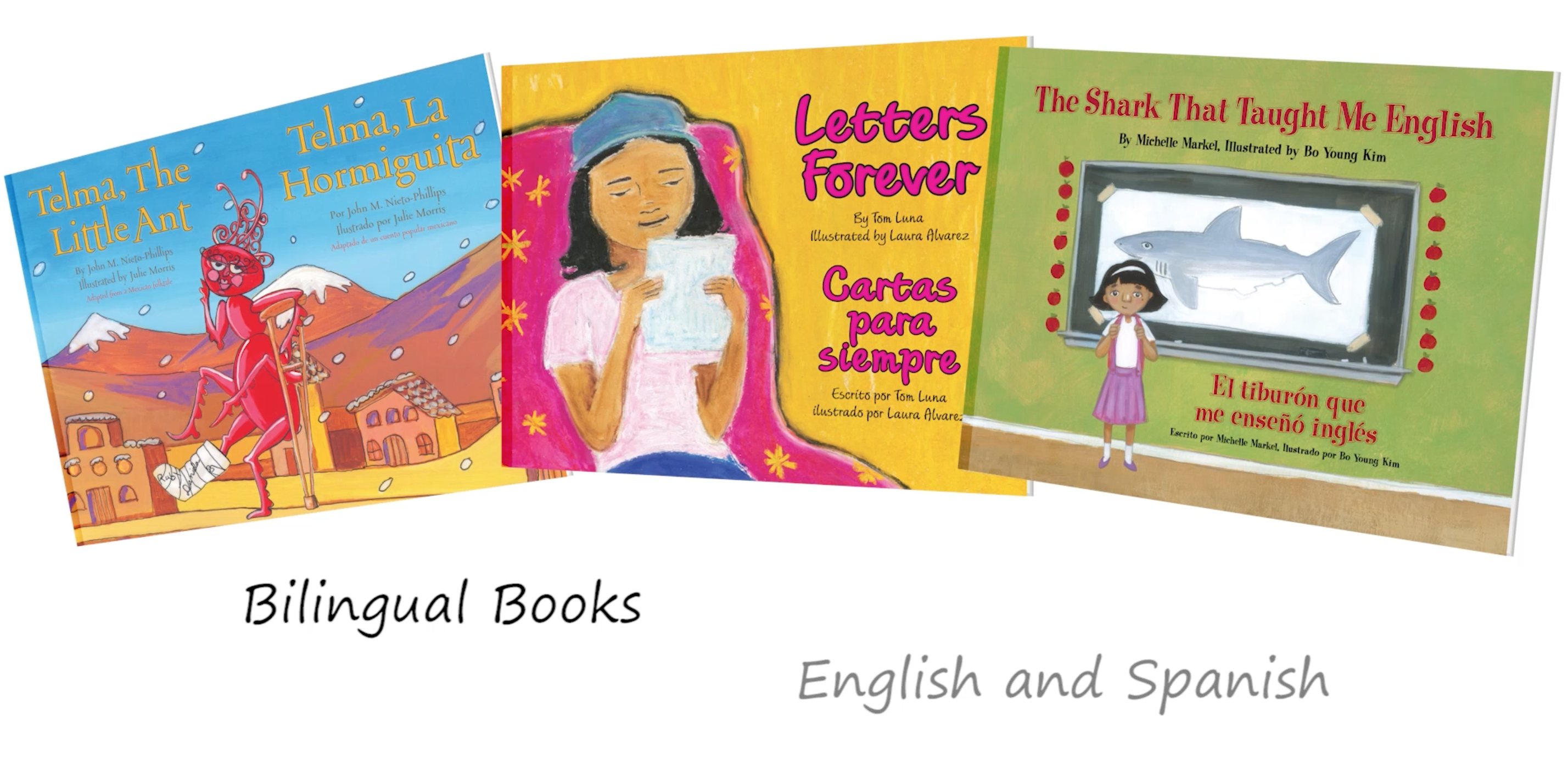Readers are able to understand the meaning of a book that contains elements that are familiar to their background knowledge. Being able to connect with the book makes it easier for students to make predictions and inferences about the story. Students are able to envision the situations in the books much easier.
Culturally relevant books also help parents connect to the books more fully. When parents become more engaged in reading the story, the students also become more engaged in reading and talking about the stories with their parents. This oral literacy is necessary for English learners as they learn literacy skills and a new language.
Culturally relevant texts help students understand who they are. They help them negotiate their identities, and affirm or deny who they are and those identities. English Language Learner (ELL) students go into school as monolingual speakers and usually lose their language and essential cultural elements over time. Culturally relevant books help them retain their culture, self expression and validates their own experiences.
Culturally relevant books connect to the lives of students, not just their cultural heritage. In 2000, Freeman developed a rubric that teachers, parents, and students can utilize to determine the relevance of a particular book. The rubric contains the following questions:
1) Are the characters in the story like you and your family?
2) Have you ever had an experience like one described in this story?
3) Have you lived in or visited places like those in the story?
4) Could this story take place this year?
5) How close do you think the main characters are to you in age?
6) Are there main characters in the story who are boys (for boys) or girls (for girls)?
7) Do the characters talk like you and your family do?
8) How often do you read stories like these?
The Latino Family Literacy Project offers webinars and other resources for teachers and school staff to gain insight on how encourage and foster parent and family engagement, literacy skills, and vocabulary development of ELL students of all ages.

